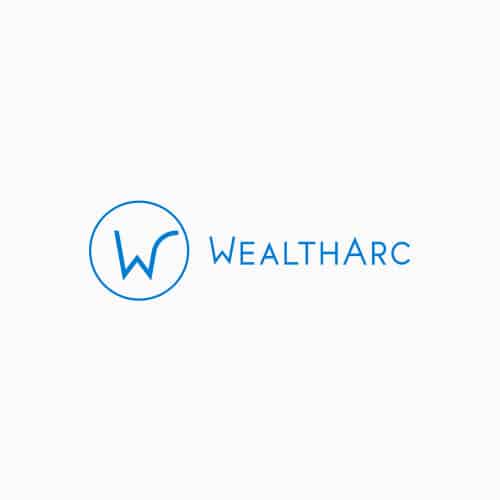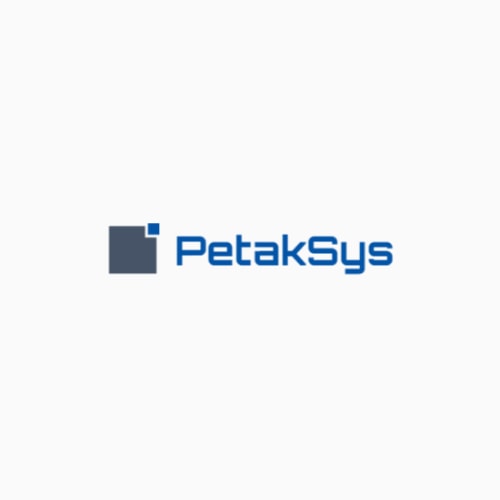For decades, the term “ultra-high-net-worth individual” carried an air of quiet exclusivity, used mostly behind closed doors in private banks and family offices. But in recent years, interest in this elusive demographic has gone mainstream. From wealth migration policies to philanthropic strategies, UHNWIs are now influencing decisions that ripple far beyond their own balance sheets.
A small group with outsized influence
In 2025, the term Ultra-High-Net-Worth Individual (UHNWI) is having a moment, not just in finance circles but across legal, philanthropic, and geopolitical domains. This discreet demographic represents fewer than 0.003% of the global population, but controls more than a third of the world’s privately held wealth.
While the archetype of the UHNWI, yachts, private jets, and investment portfolios is familiar, the reality is shifting. Their motivations, priorities and expectations are changing, and so too is the infrastructure built around them.
We rounded up a few companies that you might find interesting.
What qualifies someone as a UHNWI?
The standard threshold sits at $30 million in investable assets, excluding a primary residence. But this benchmark is increasingly seen as a floor, not a definition.
Today, what really separates a UHNWI from a HNWI is complexity. It’s not just about having more wealth, it’s about the architecture required to manage it. This includes:
- Cross-border asset holdings and multi-jurisdictional tax strategies
- Personal and institutional philanthropy
- Next-generation governance and succession planning
- Family office and investment vehicles spanning continents
A UHNWI, in other words, is someone whose wealth requires infrastructure. And with that comes a specific and rising demand for discretion, specialisation, and continuity.
How many UHNWIs are there?
As of the latest data from Knight Frank, there are 626,619 UHNWIs globally (>$30M), a 33.4% increase over the past five years. The table below lists the top five countries for this segment, followed by a regional breakdown of broader HNWI populations (>$1M) and selected UHNWI insights.
Top five countries by population of UHNWIs:







